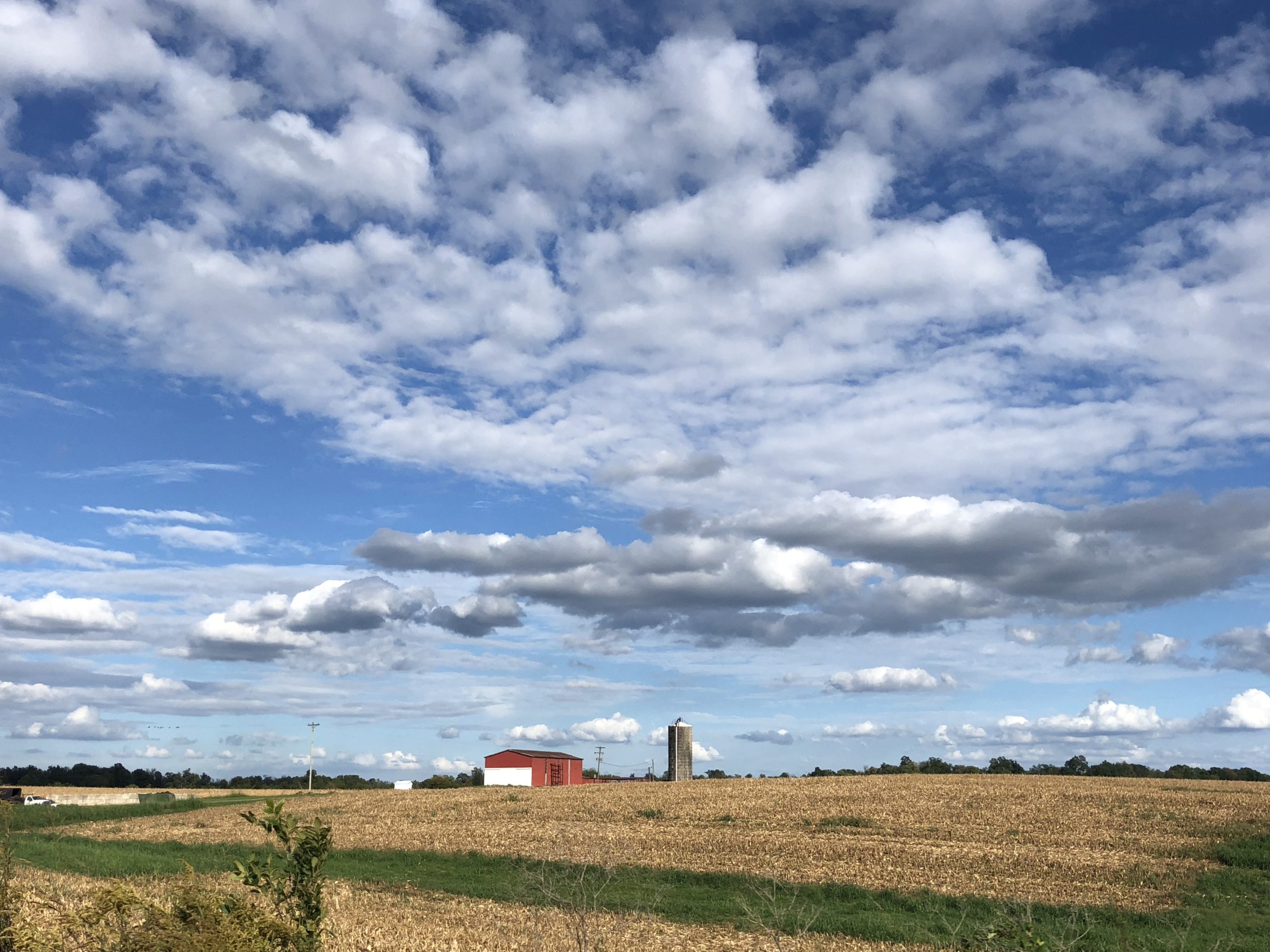We cruised into the Commonwealth of Kentucky from the south, making our way through the state’s beautiful countryside. Kentucky was originally a mere county of the state of Virginia before attaining statehood (the 15th) in 1792, and is believed to have got its name from the Iroquoian word for “meadow” or “pasture”, which seems appropriate
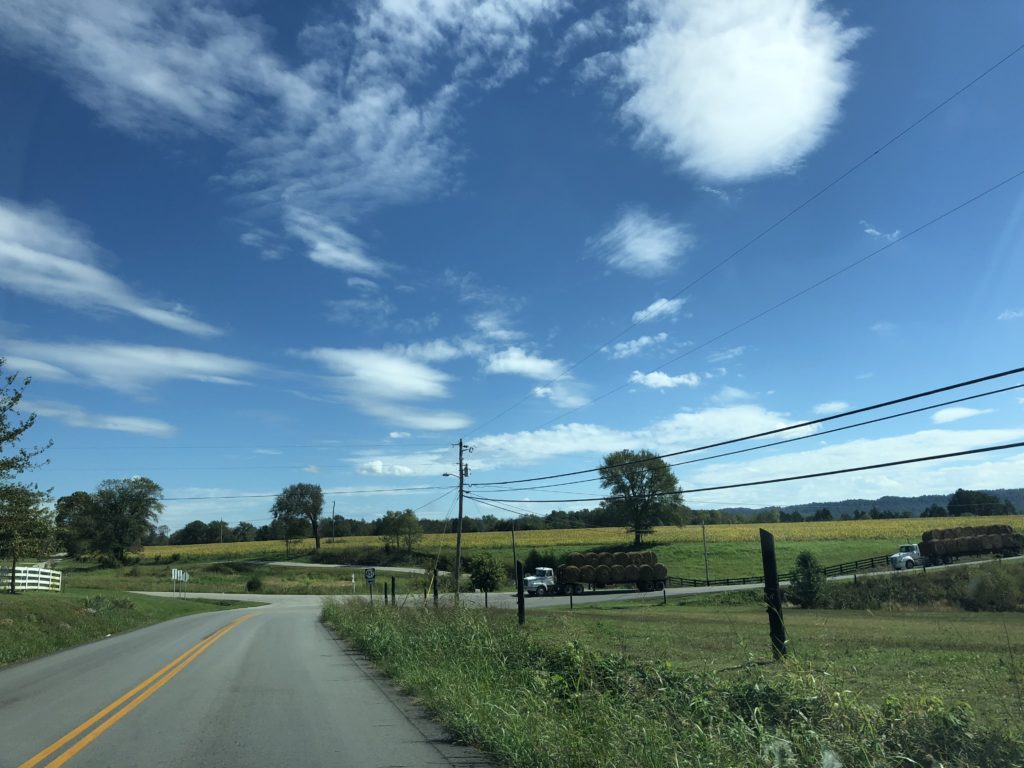
Kentucky is known as the “Bluegrass State” after the type of grass that grows prolifically on the state’s fertile soil, particularly in the centre of the state. Tobacco, hemp, and livestock are big businesses. The high calcium content in the soil of the Bluegrass region meant that the state became the country’s premier horse breeding area, and naturally, a big horse racing state – the Kentucky Derby is held annually at Churchill Downs in Louisville.
Kentucky produces 95% of the world’s bourbon whiskey, a corn-based alcohol aged in a barrel. The name either comes from Bourbon county in Kentucky or from Bourbon Street in New Orleans, both of which were named after the French royal “Bourbon” dynasty. There are more than 50 distilleries in the state, so we had a wide range to choose from. Ultimately, we settled on one of the most distinctive – the wax-sealed Maker’s Mark, based near the little town of Loretto, which also offered a great tour and tasting.
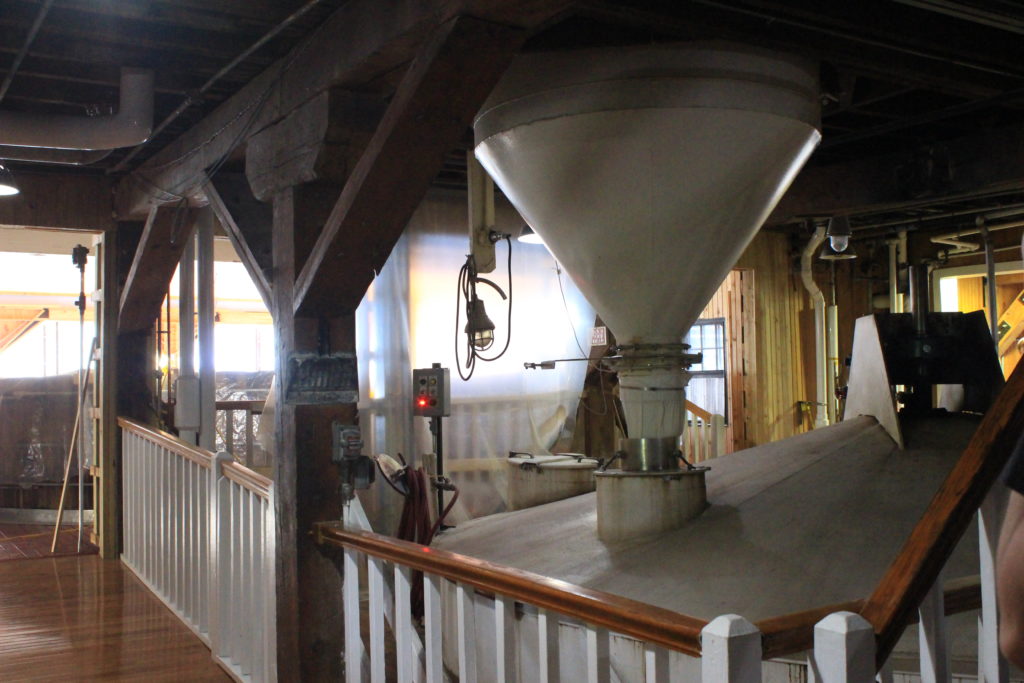
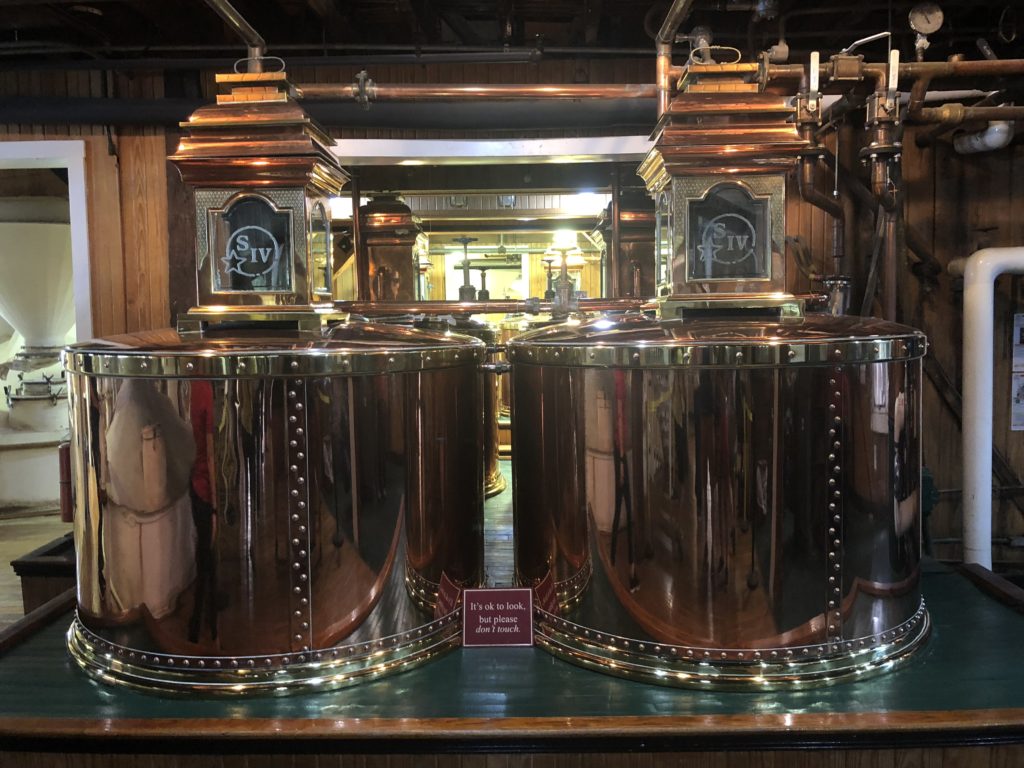
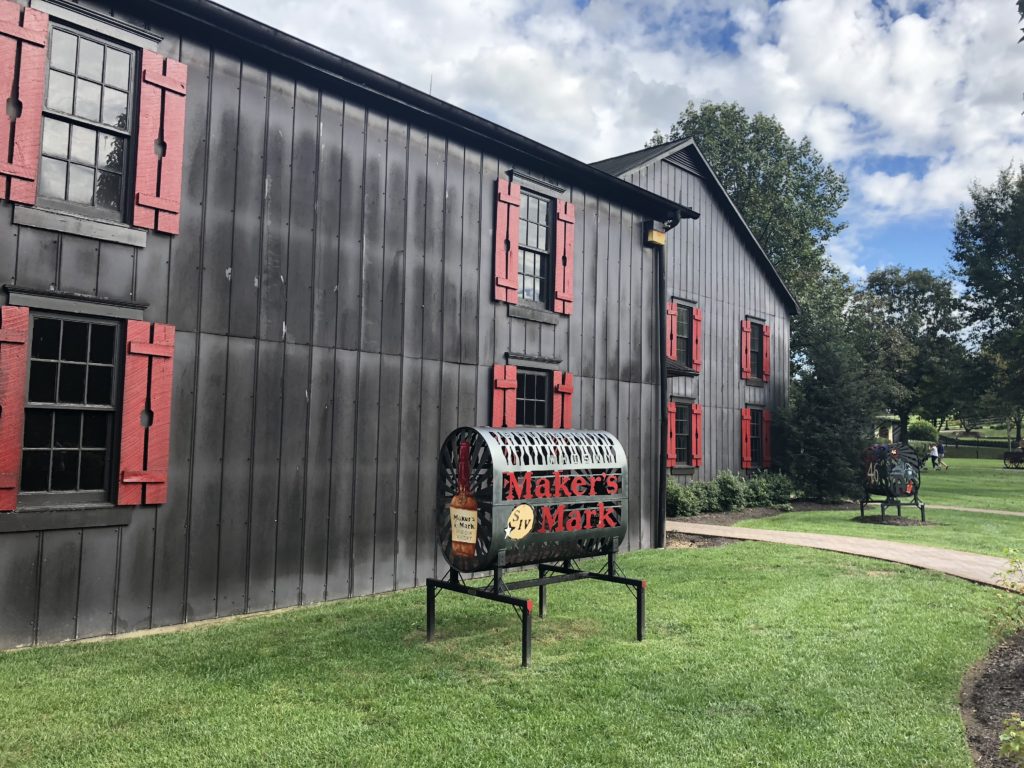
While corn-based, bourbon makers make use of a second grain to do the flavouring. Maker’s Mark uniquely uses a red winter wheat as opposed to a rye, which gives it a certain sweetness. Also, the water source at the distillery has had its iron-content removed by the limestone rock, which is supposed to improve the taste. And the whiskey making process makes use of a special family-owned 150-year-old strain of yeast fermented on site.
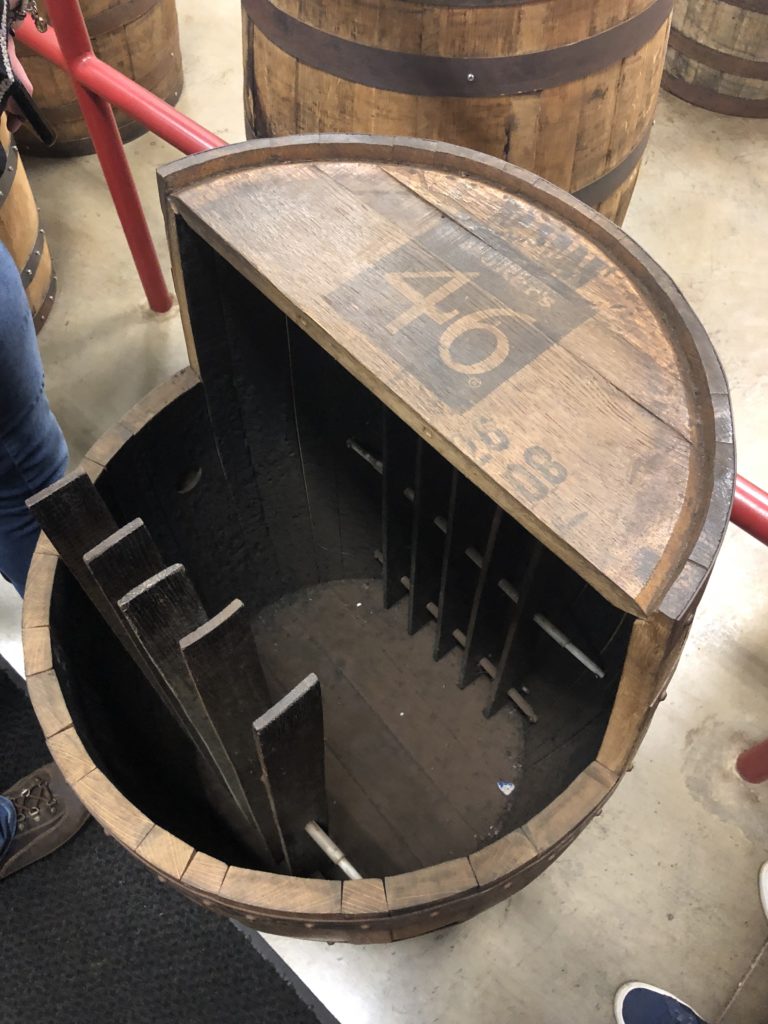
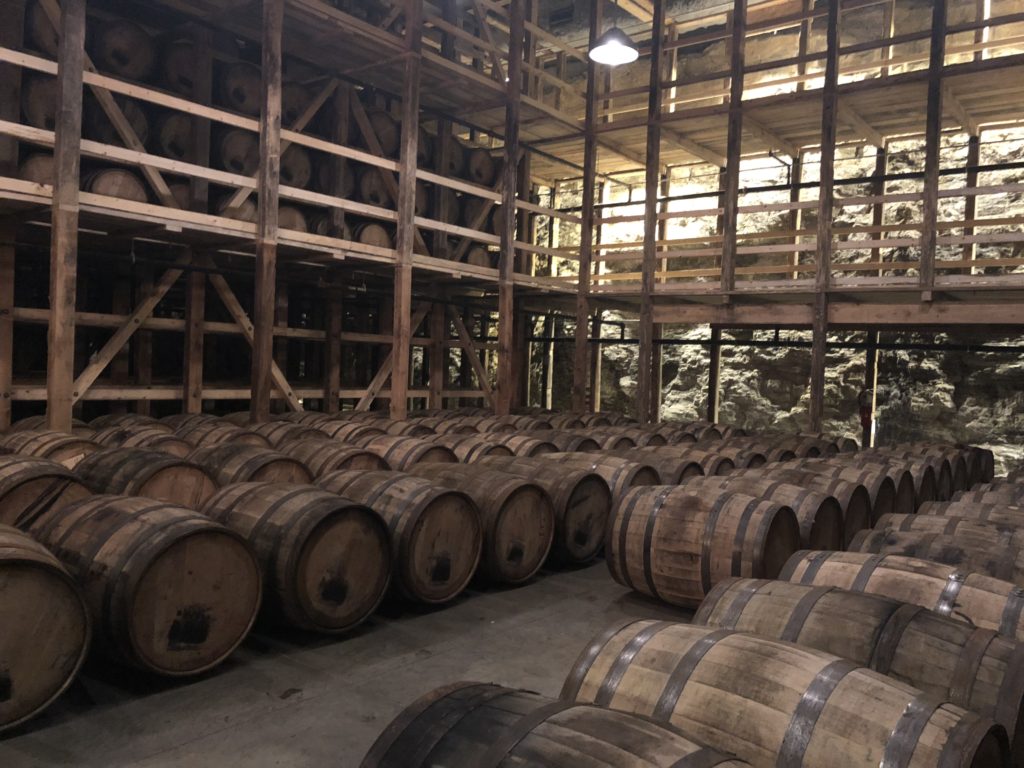
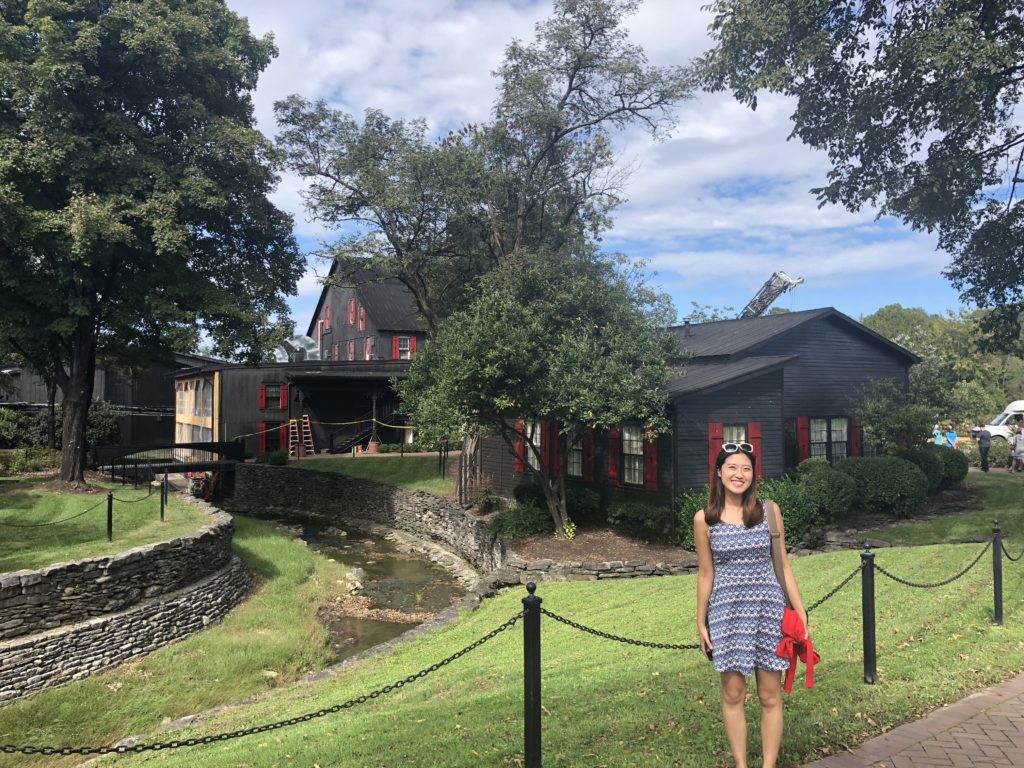
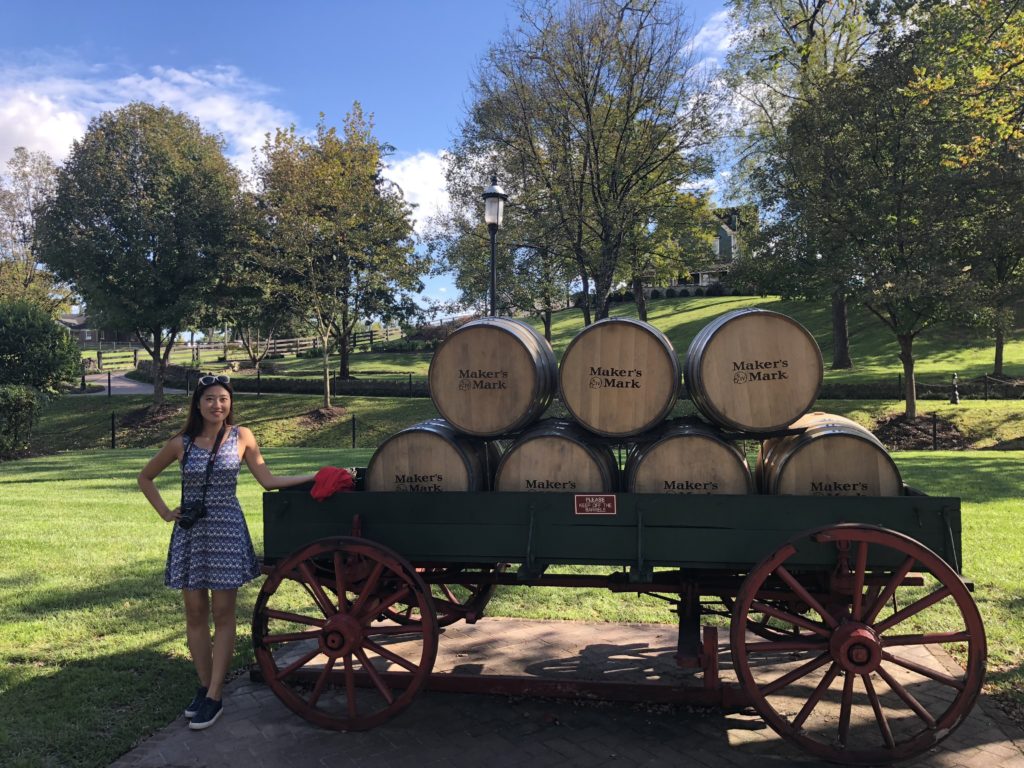
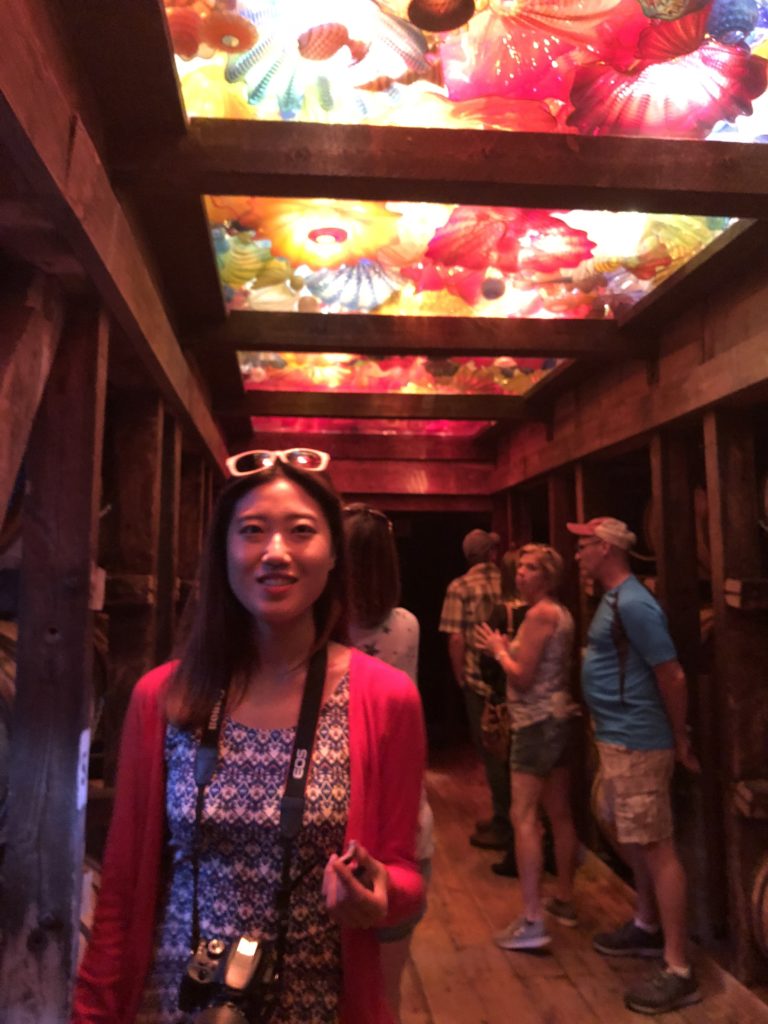
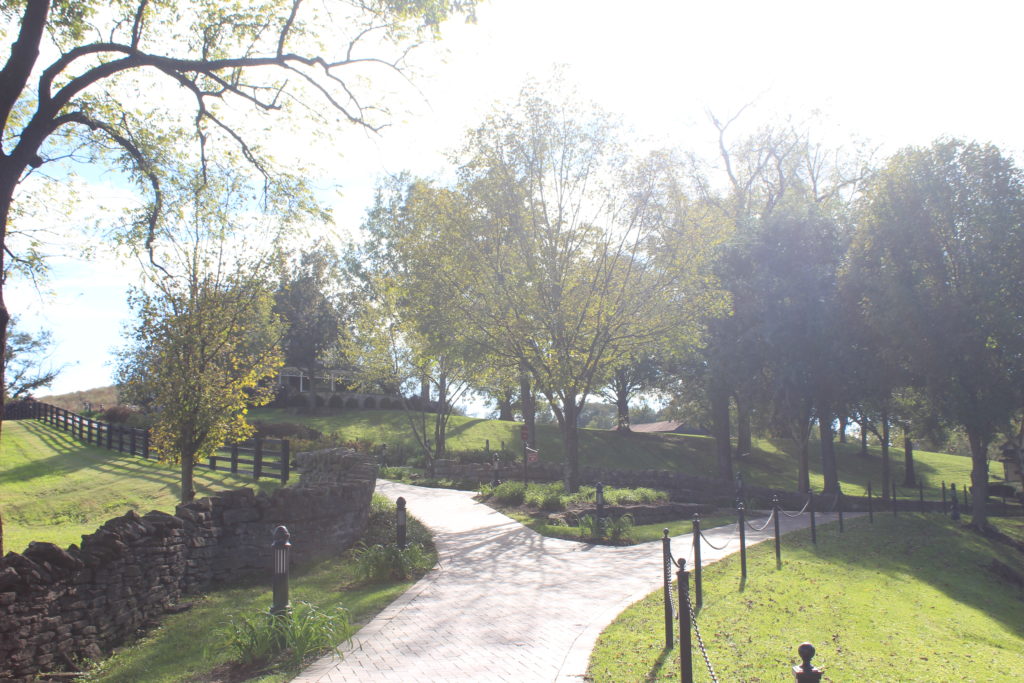
After a good tour, we set off for Elizabethtown and wound our way through some really beautiful Kentucky countryside.
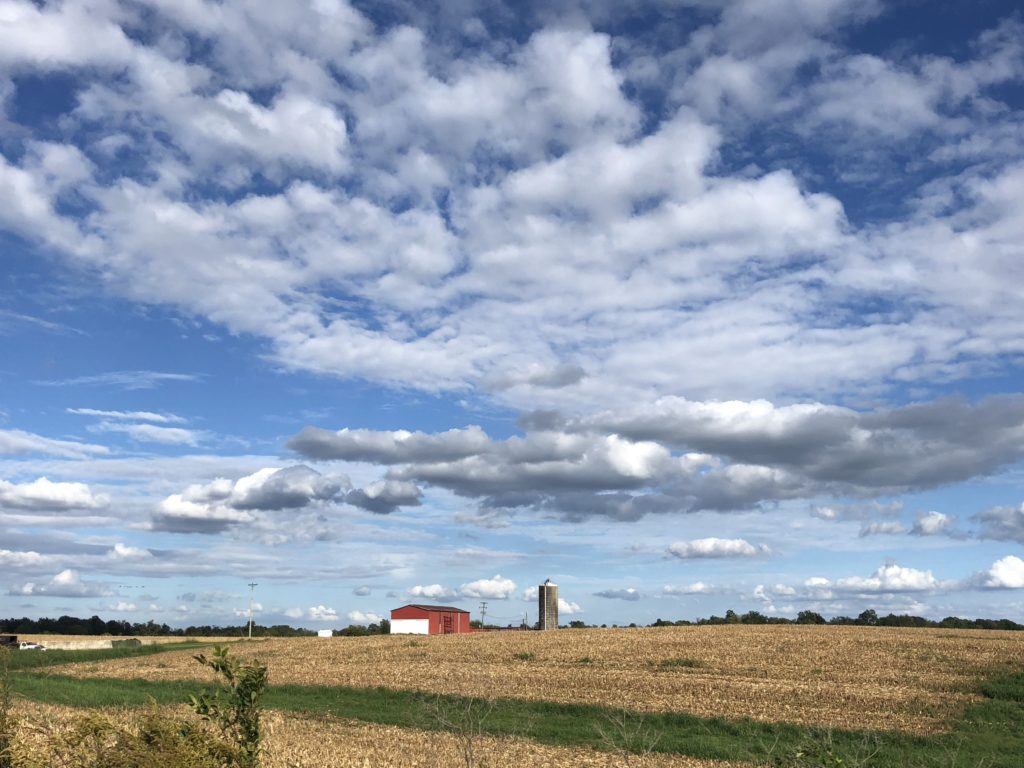
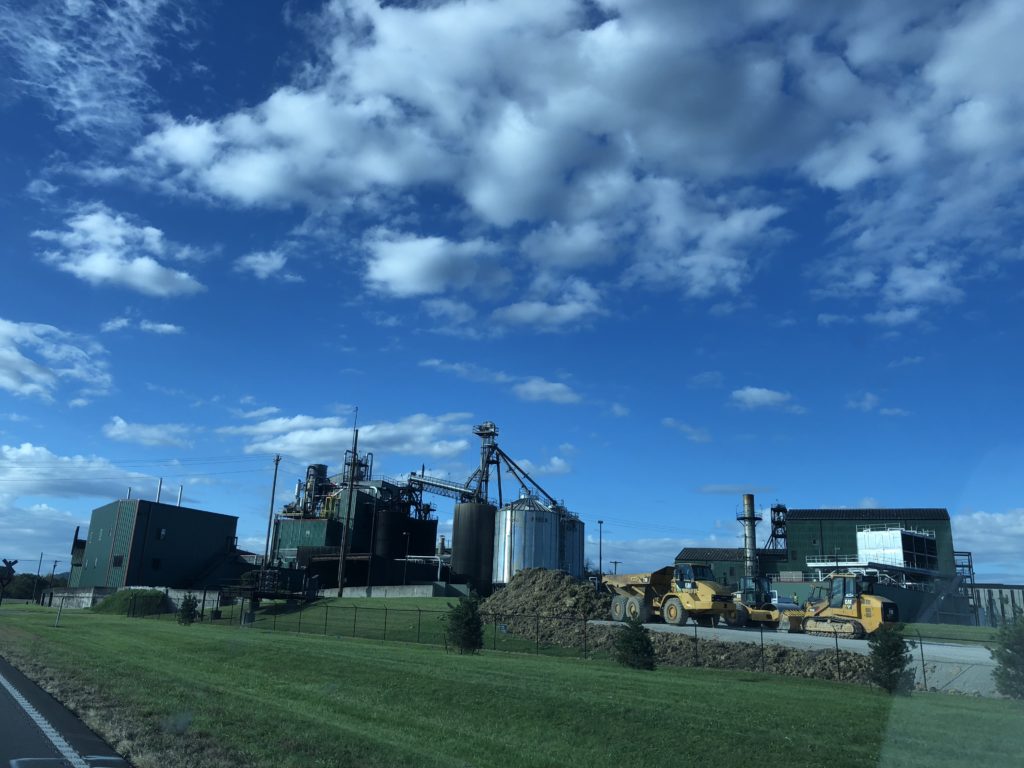
On our way up to Louisville, we tried to catch a glimpse of the US Bullion Depository, adjacent to the Fort Knox army base. The Bullion Depository also goes by the name Fort Knox, and stores more than half of the US government’s gold holdings – almost 5,000 tonnes (say, $250 billion). It was originally built in 1936 with the purpose of moving the gold closer to the centre of the country, to an area less vulnerable to foreign attack. Saying that the facility is ‘secure’ is an understatement – the specs could be from any action film:
- Razor wire and minefields surround the sturdy granite complex,
- Monitored by high-res night-vision video cameras & microphones,
- A subterranean vault made of steel plates, steel I-beams, and steel cylinders encased in concrete,
- A 21-inch thick door that is drill & torch resistant,
- And a 100-hour time lock.
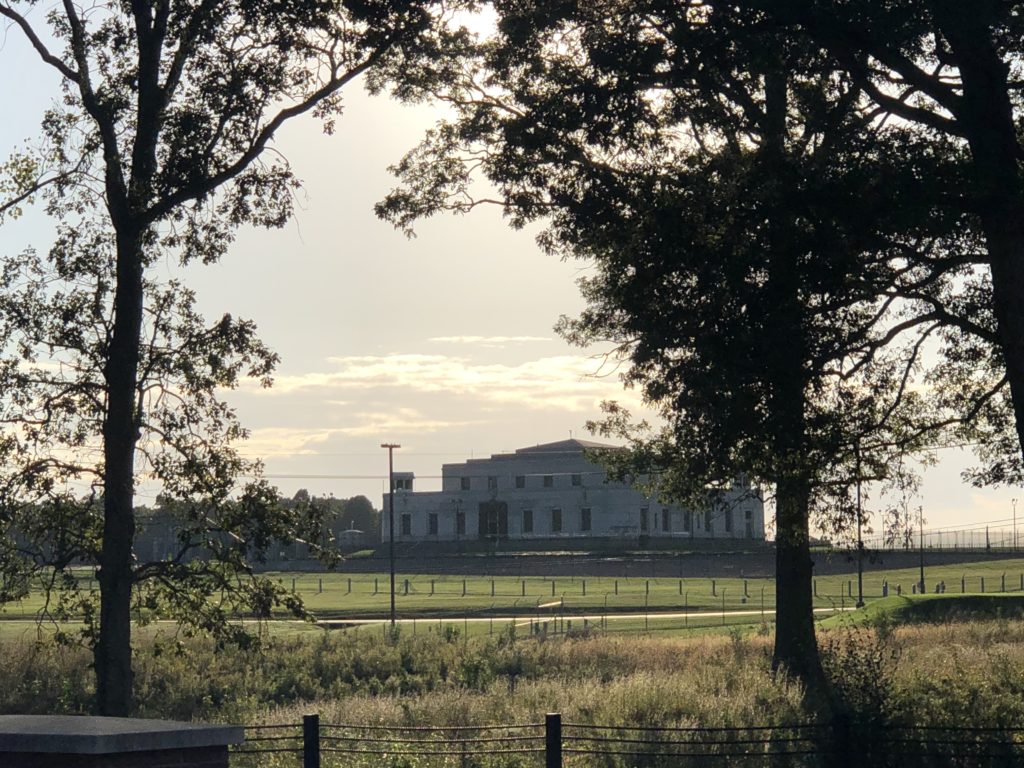
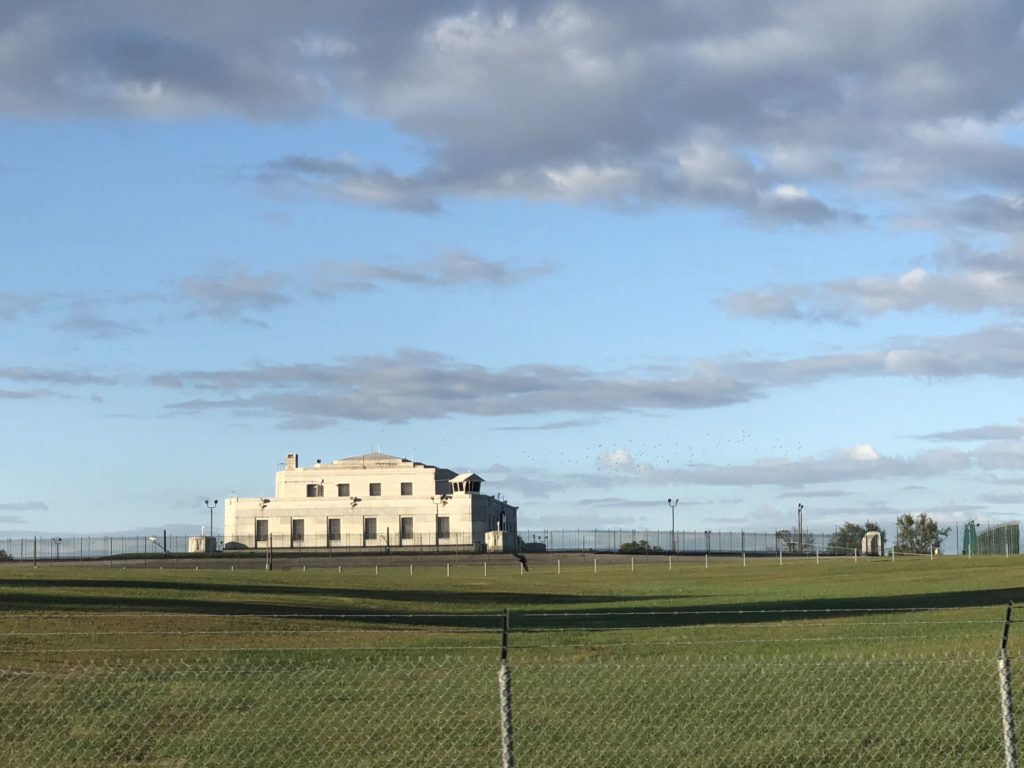
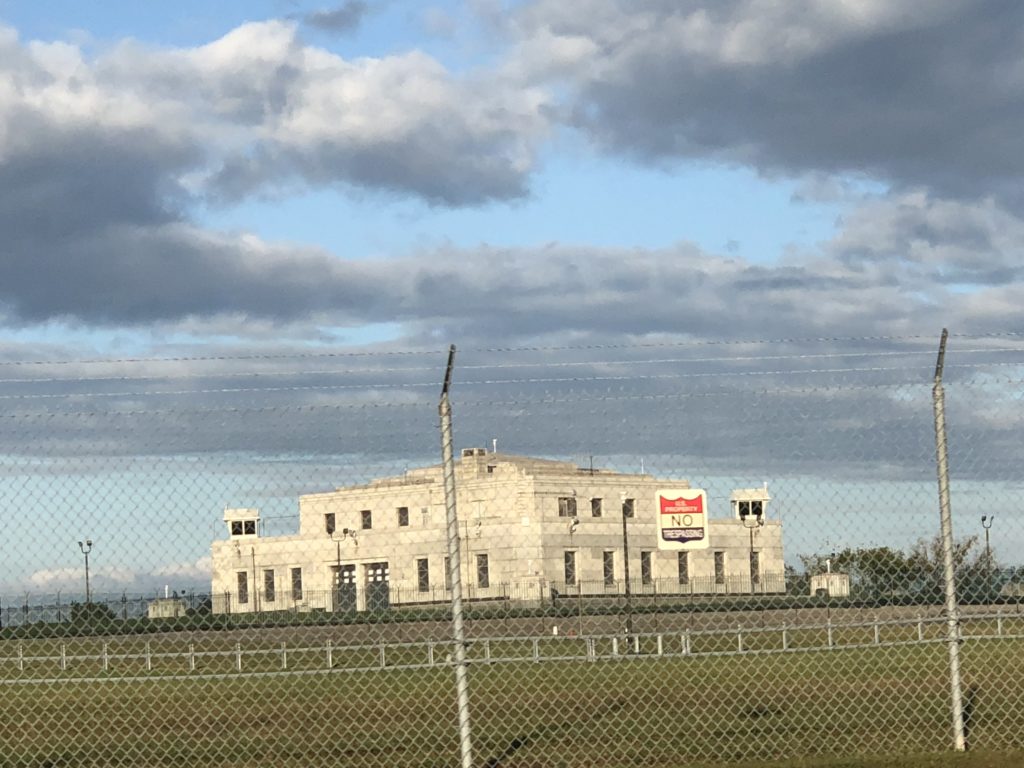
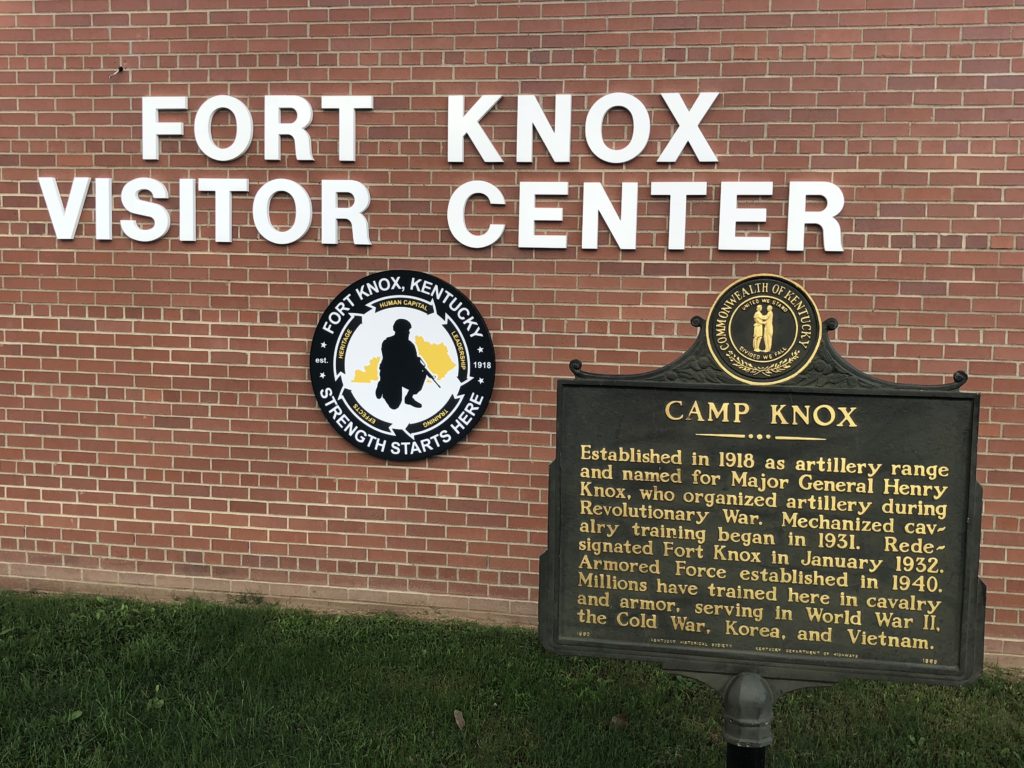
Louisville owes its existence to a quirk of geography. The Ohio River is a key route connecting the country’s north east with the Mississippi River and thus the Gulf of Mexico. A collection of river rapids at a point on the river called the “Falls of the Ohio”, created a barrier to river travel and trade. The river made an 8-metre drop over a two-mile stretch – quite a daunting obstacle. And so, a settlement developed at this point to help provide navigational expertise to passersby and to help unload and reload heavily-burdened boats. This settlement became Louisville.
Louisville was named after the King of France at the time (town charter: 1780). France had been helping the upstart American nation against the Brits (France’s arch-nemesis) since 1775, secretly shipping supplies to the Continental Army. A full alliance followed in 1778, from which flowed substantial money and more supplies. Spain and Holland also pitched in. Historians believe the French aid was a major, vital, and decisive contribution to the US victory over the Brits.
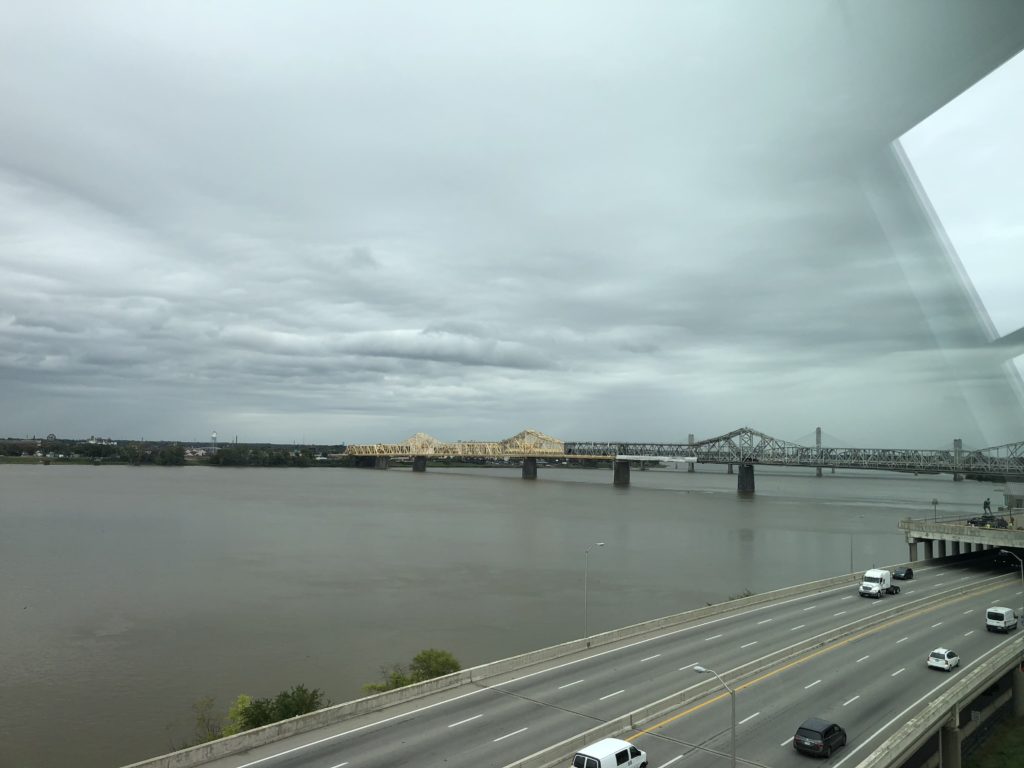
With the use of dams and canals, the Fall of the Ohio is no longer a barrier to river travel today. In fact, it looks as wide as the Mississippi.
Louisville’s most famous citizen was Muhammad Ali, who obviously needs no introduction. We popped into the Muhammad Ali Center, a museum about his life, in the city’s downtown area.
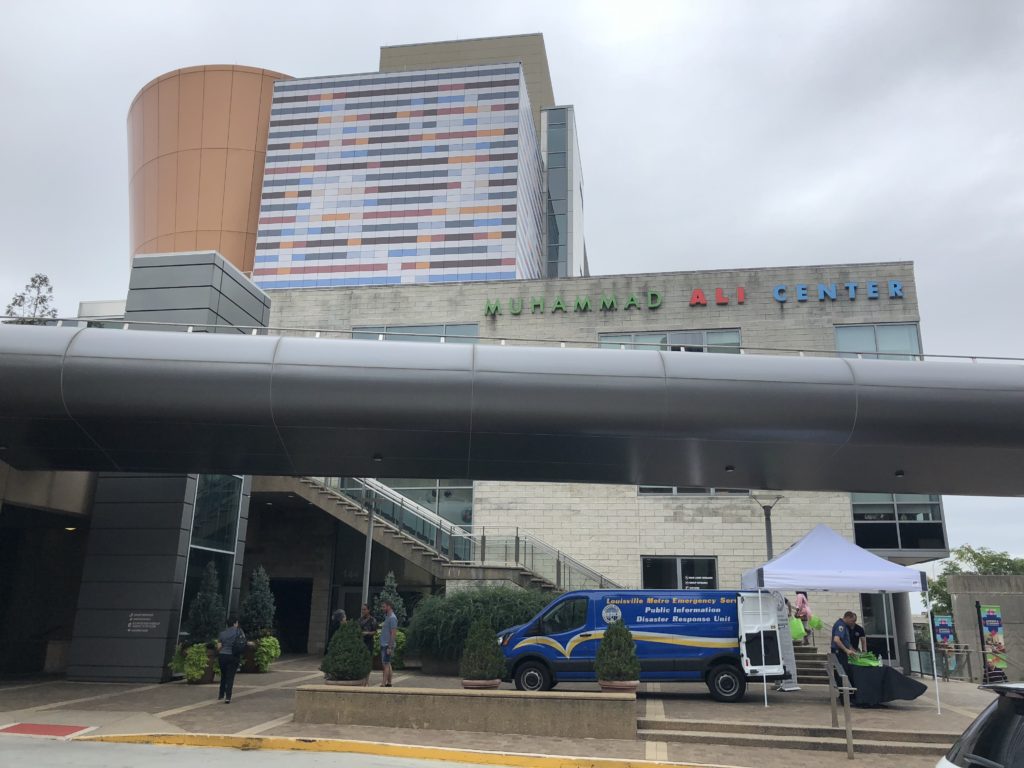
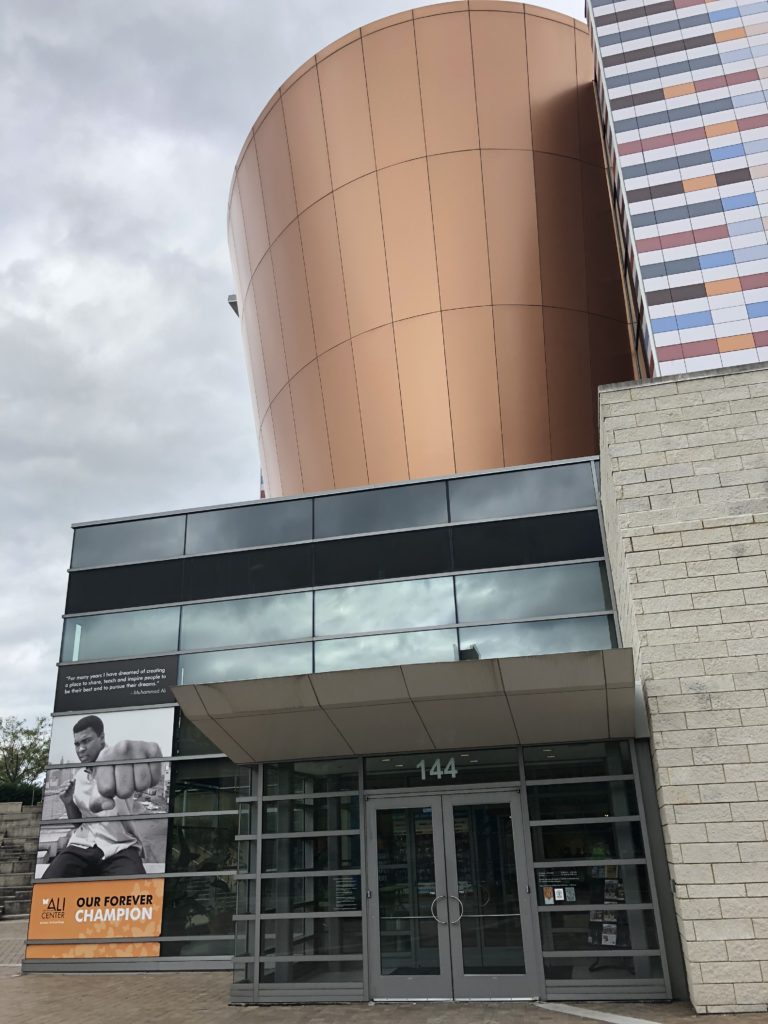
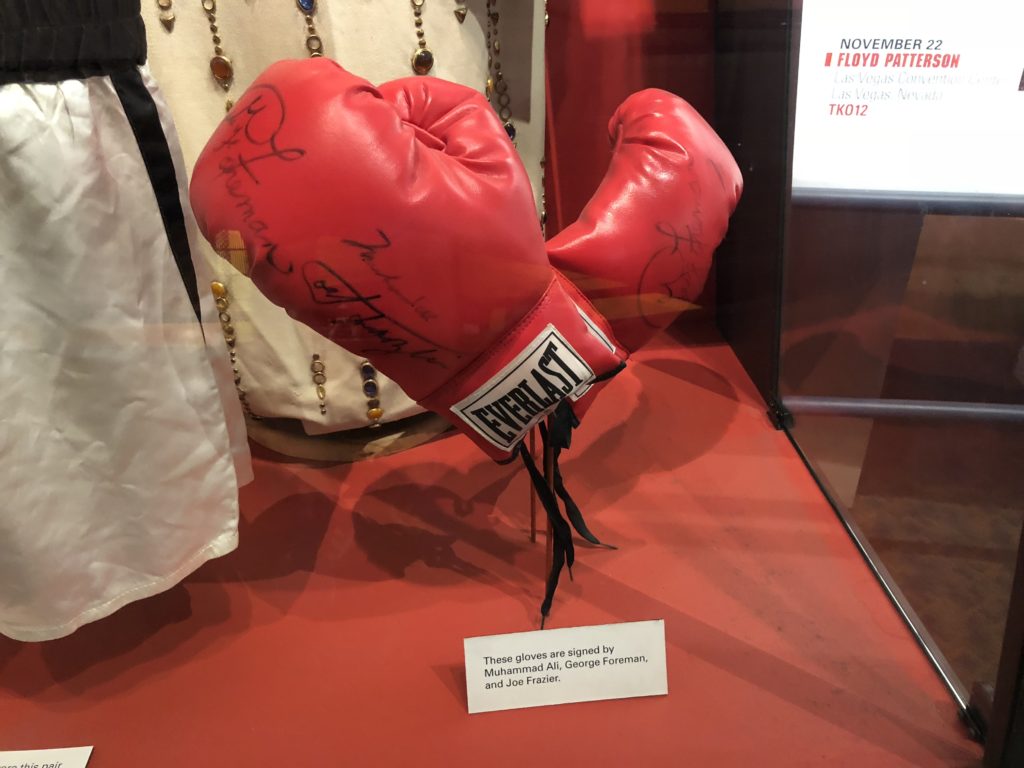
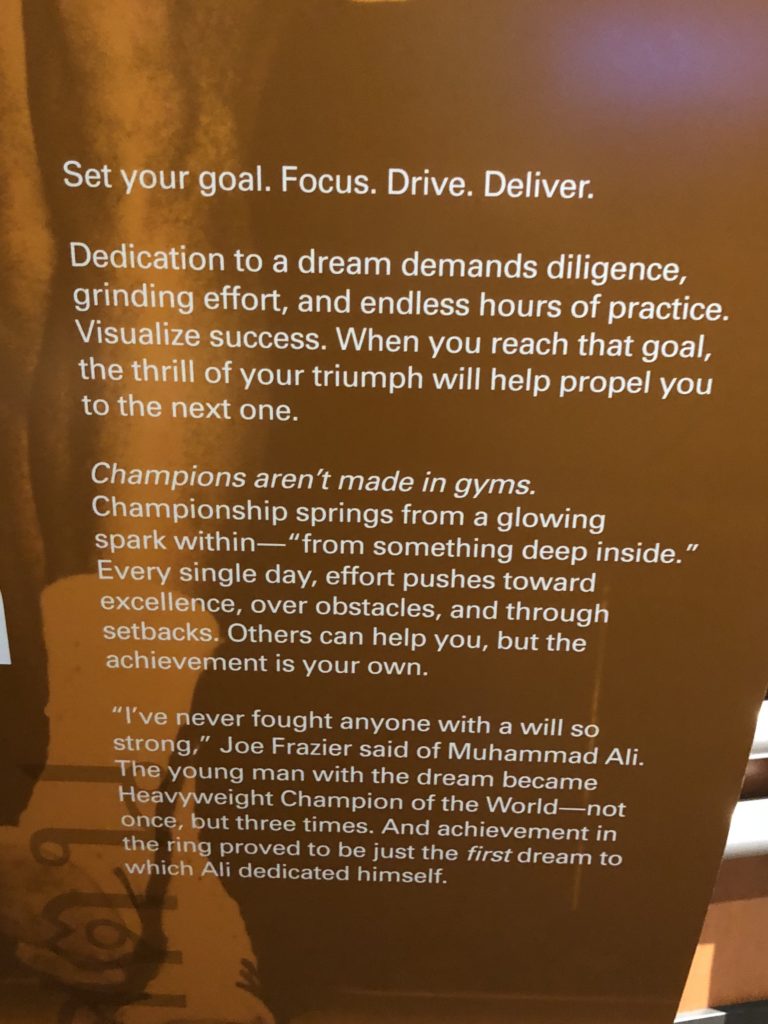
The center was excellent and you need a lot of time here to do it justice. One interesting story took place when Ali was still Cassius Clay, Jr. A 12-year old Cassius was fuming that some thieves had stolen his bicycle, and was threatening to “whup” them when he found them. A police officer, who happened to be a boxing coach, came upon the scene and suggested he better learn how to box first. Clay picked up boxing not too long after that.
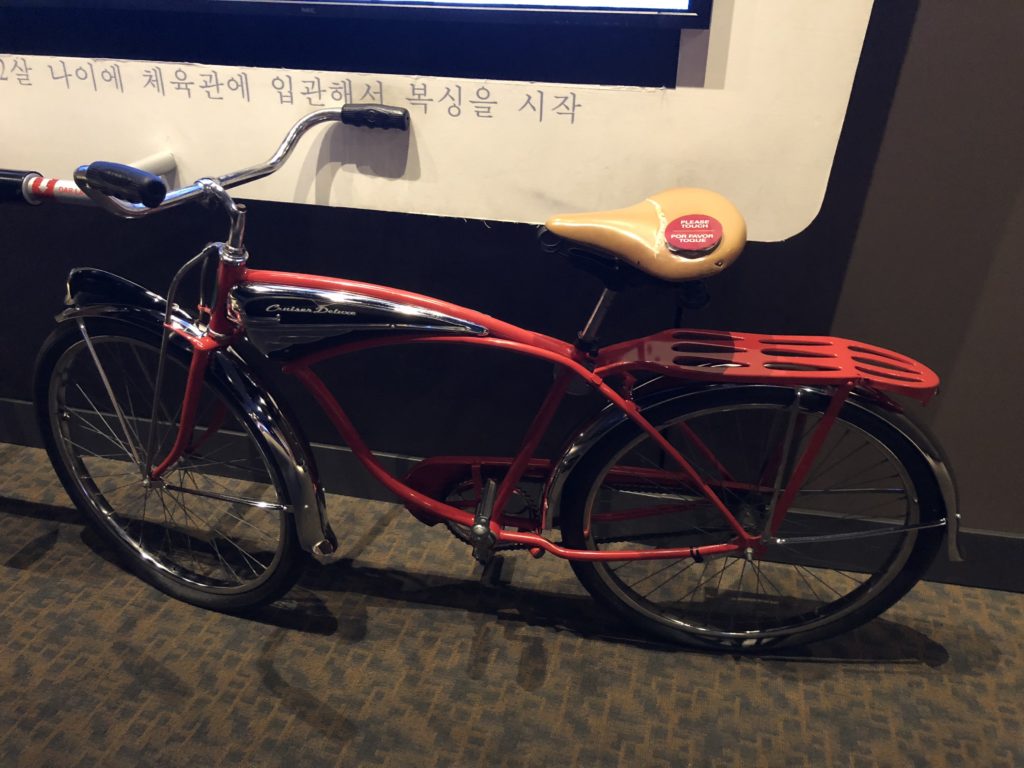
Ali became the heavyweight (>200 pounds) world champion at age 22 in a major upset by beating Sonny Liston in 1964. His career includes 56 wins from 61 fights, including the Thriller in Manila (vs. Joe Frazier) and the Rumble in the Jungle (vs. George Foreman). To many, Ali is the greatest boxer that ever lived.
Outside of the ring, Ali was also a famous political activist, religious figure, and philanthropist. He was diagnosed with Parkinson’s Syndrome in 1984, and was active in raising awareness of the disease and helping to fund cure research. He passed away in 2016, and is buried in the Cave Hill Cemetery in Louisville.
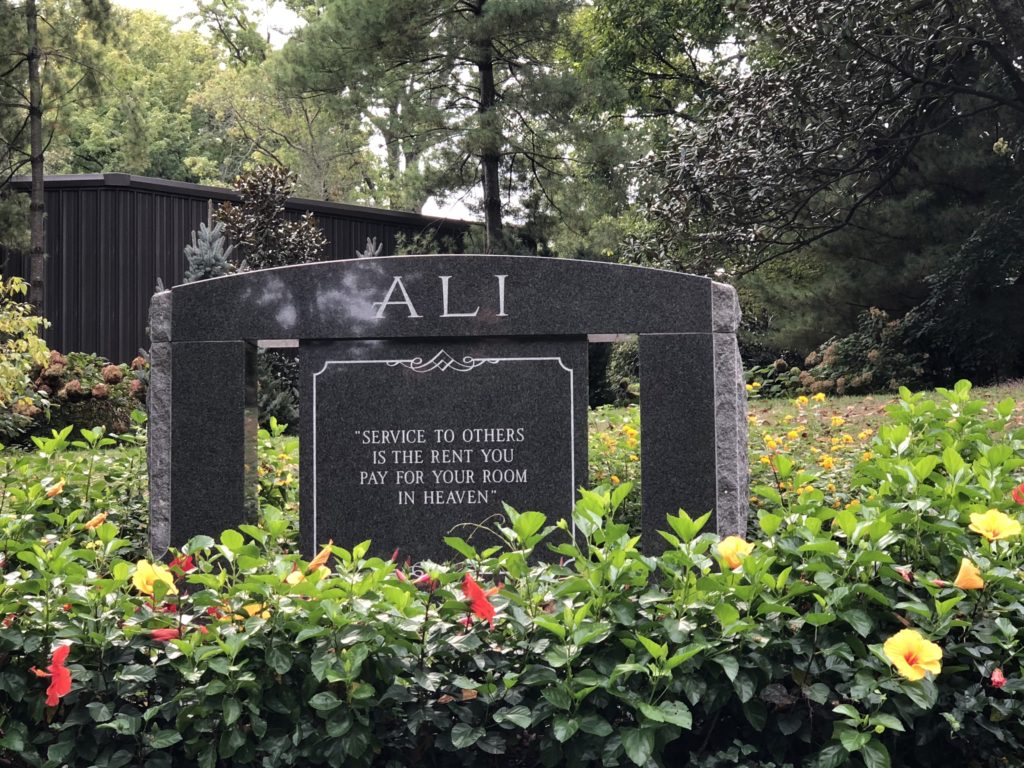
In the same cemetery, we stumbled on the gravestone of Colonel Harland Sanders, founder of KFC. Having had extensive experience of his special recipe with much joy and satisfaction, we duly paid our respects.
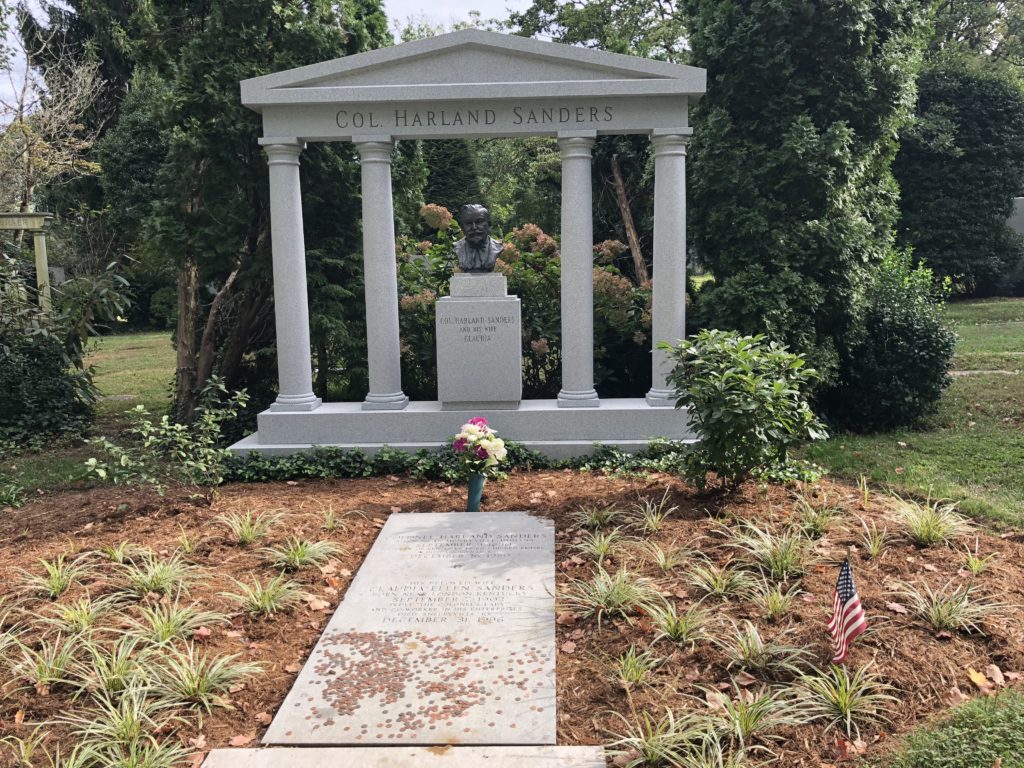
The city of Louisville is also famous for baseball bats. Legend has it that in 1884, the local major league team’s star hitter, nicknamed the Louisville Slugger, was in a a serious slump. A son of JF Hillerich (who owned a woodworking shop in town) suggested that the player pop in one day for a custom-built bat. With the new bat in hand, the slump was immediately broken. News spread and demand for Hillerich’s bats surged. The company patented the “Louisville Slugger” name, and by 1923 was the biggest bat maker in the country. The company is still going strong today, and makes gloves and golf equipment too.
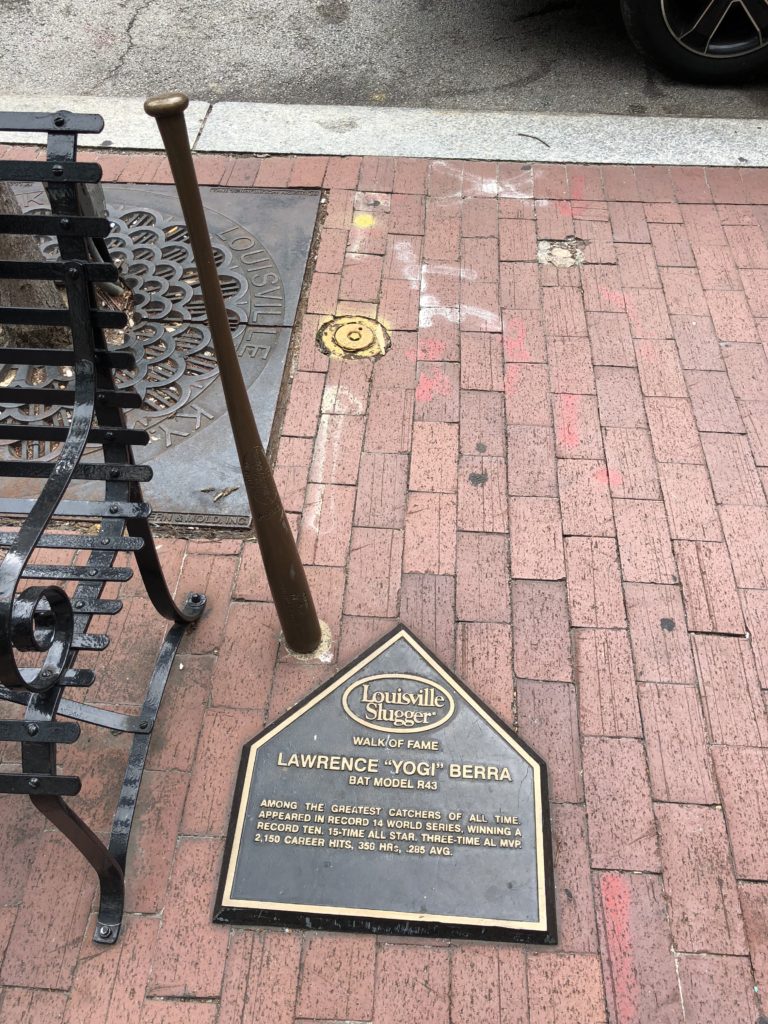
We spent the next day wandering around the city of Louisville. It has a really impressive looking and easy-to-walk downtown area. The architecture is excellent. Here are a couple of pictures from the day:
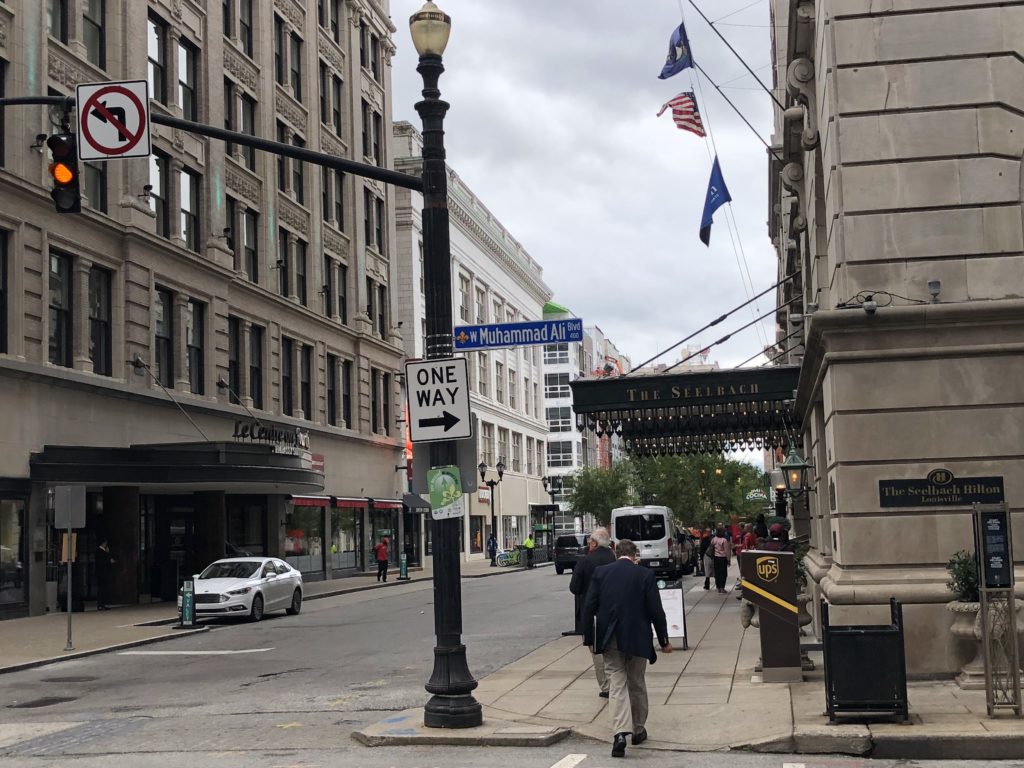

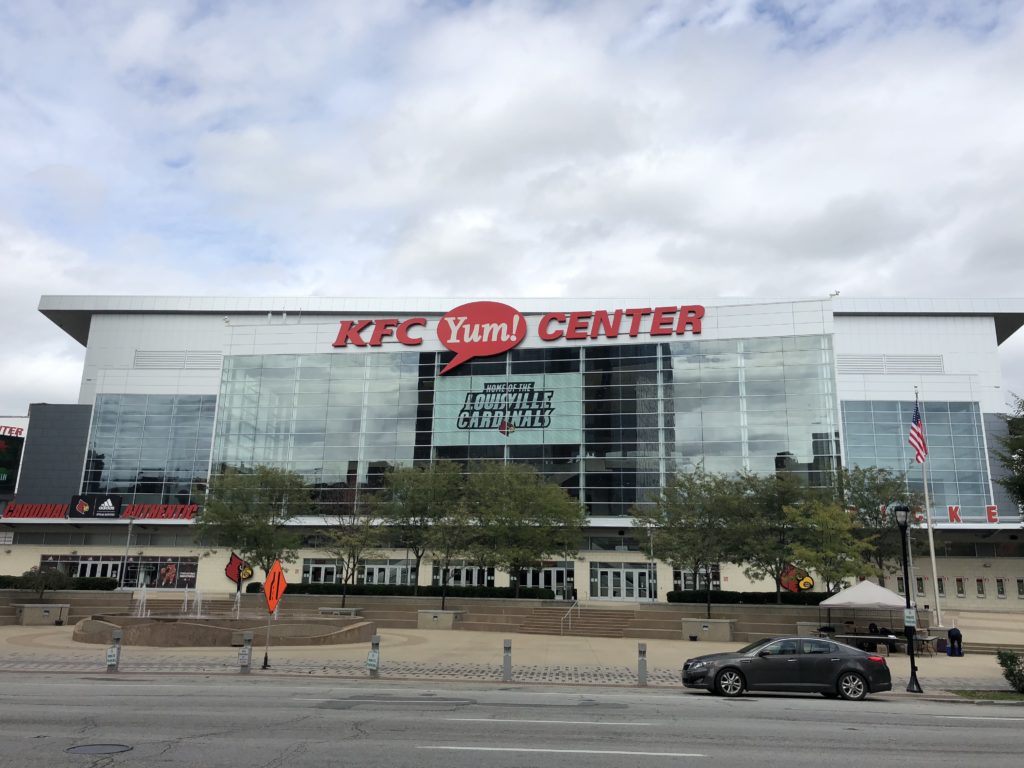
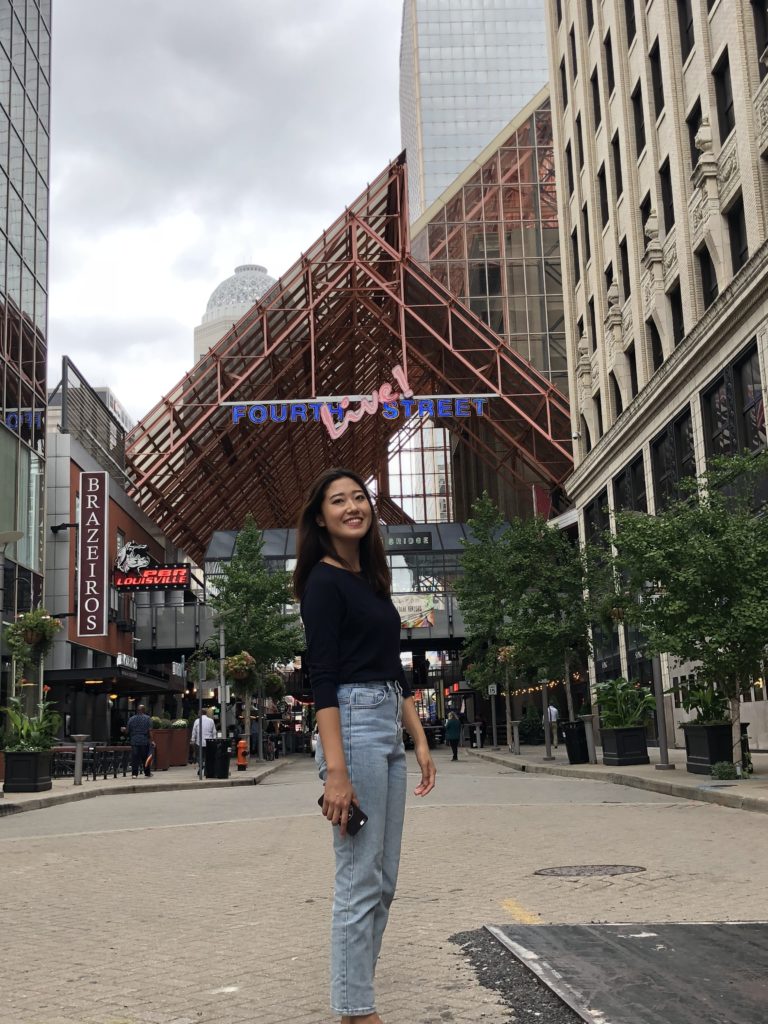
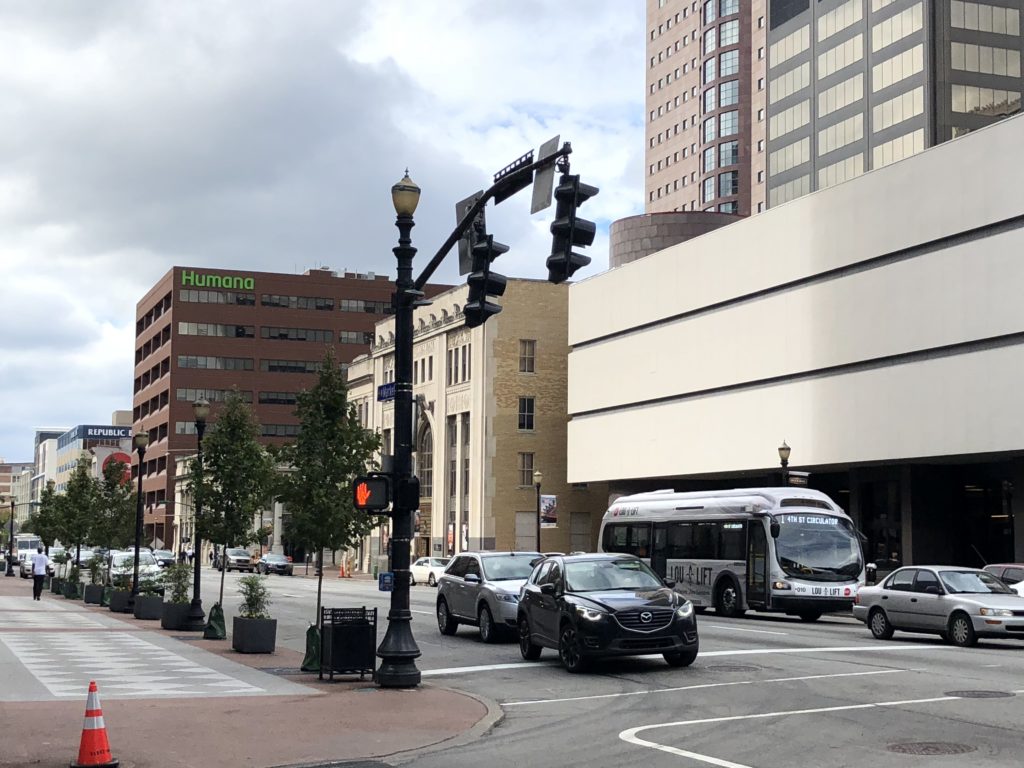
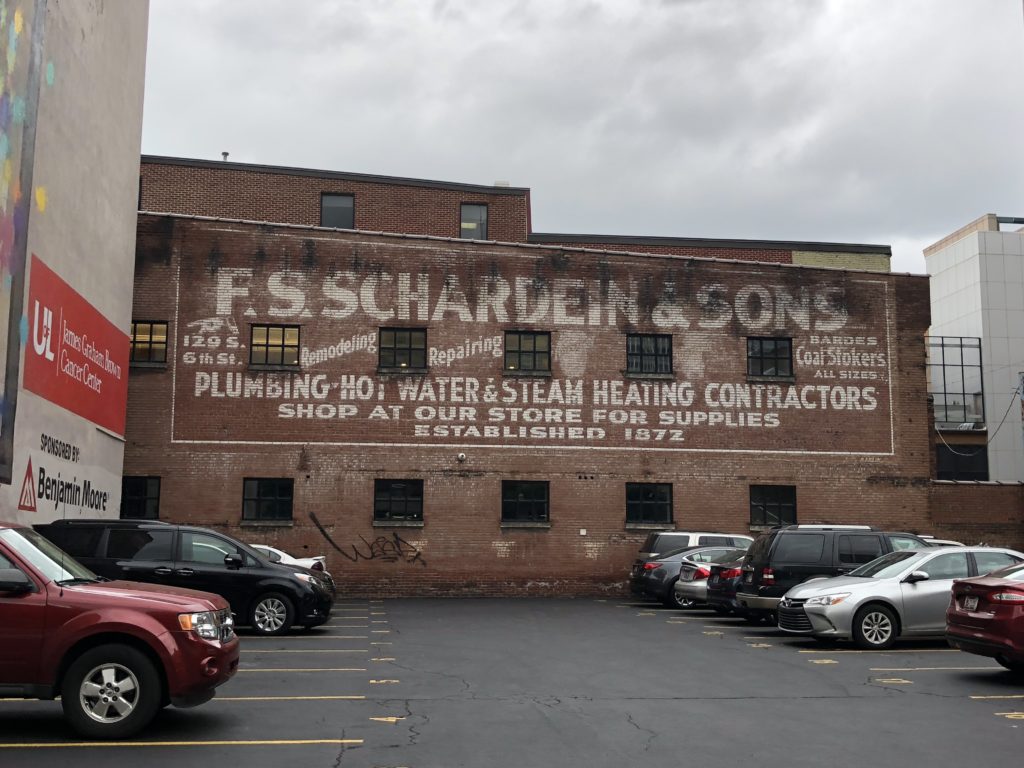
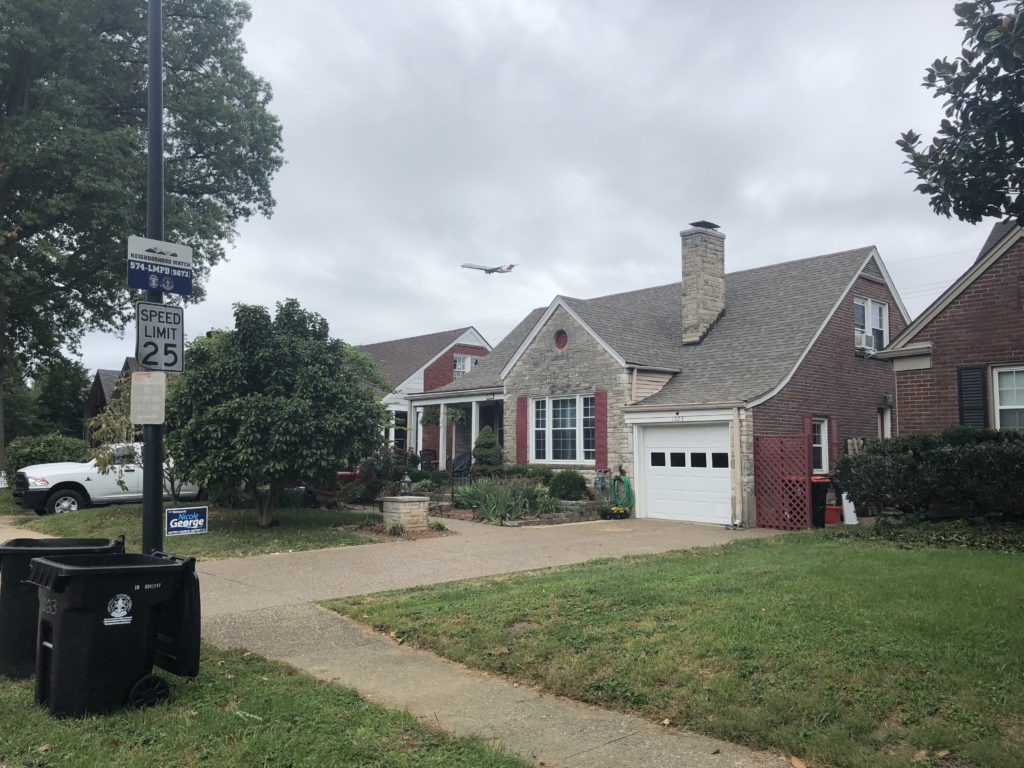
We decided to continue our journey by heading upstream – following the Ohio River on a north-east bearing, heading for the city of Cincinnati.

